Table of Content
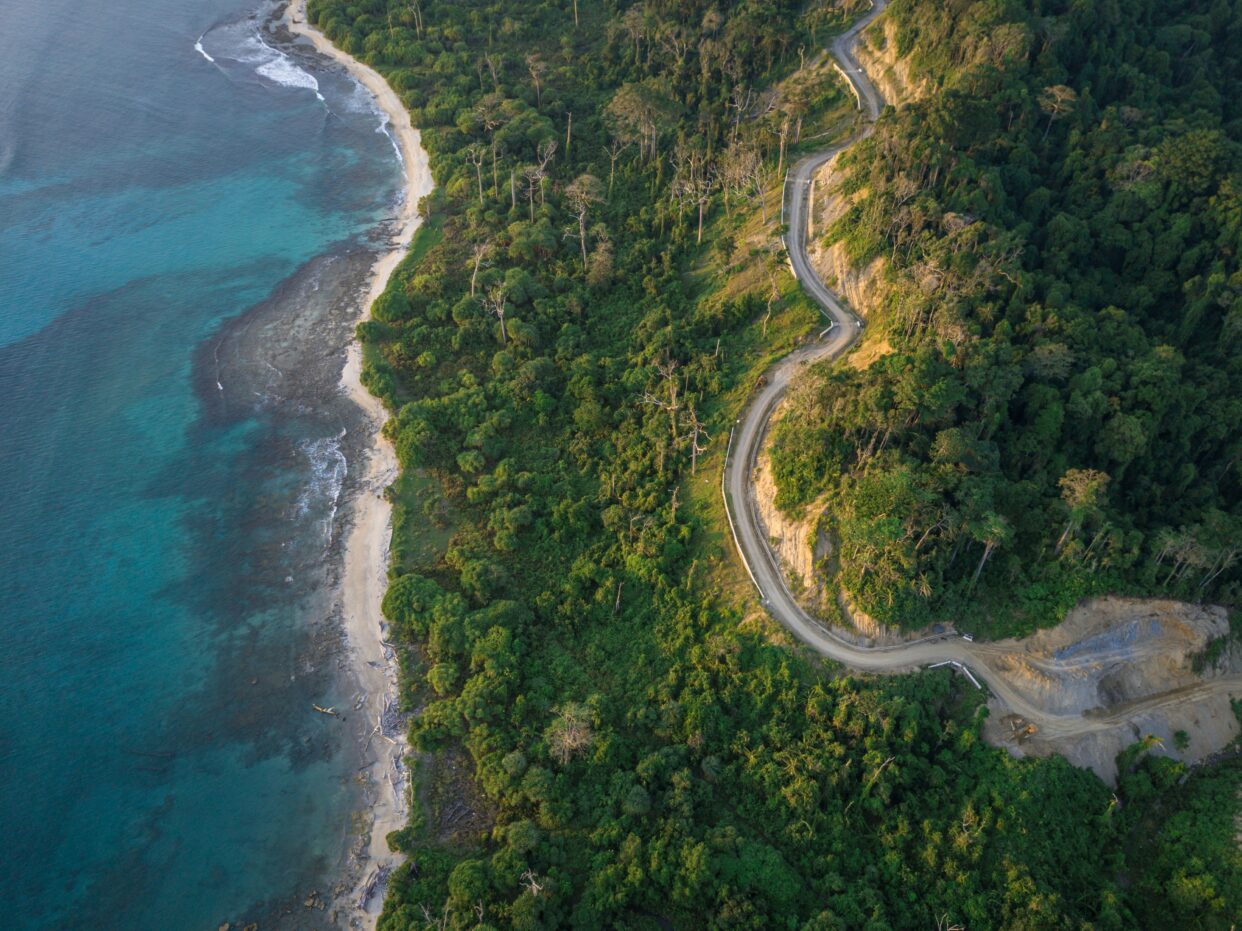
Plants and Animals Found in Andaman and Nicobar Islands
Must be wondering, what creatures live and thrive in these isolated islands of India?
Do tigers roam the thick forests? Do their cat cousins like caracals or leopards hang on the tall trees found here? Are there elephants? Are there kangaroos, because well, Australia has kangaroos and it’s an island innit mate? What’s the deal with Andaman and Nicobar islands?
Well, it’s a whole new story. A story of endemism and colonialism.
The Endemic Story
What does geographical isolation do to a place? It teaches it to depend on itself. It allows the ecosystems to become self-looping, self-sustaining. It allows for things that never happen in any other place.
The endemic story is our way of telling you the super-cool info of the flora and fauna of the Andaman and Nicobar Islands!


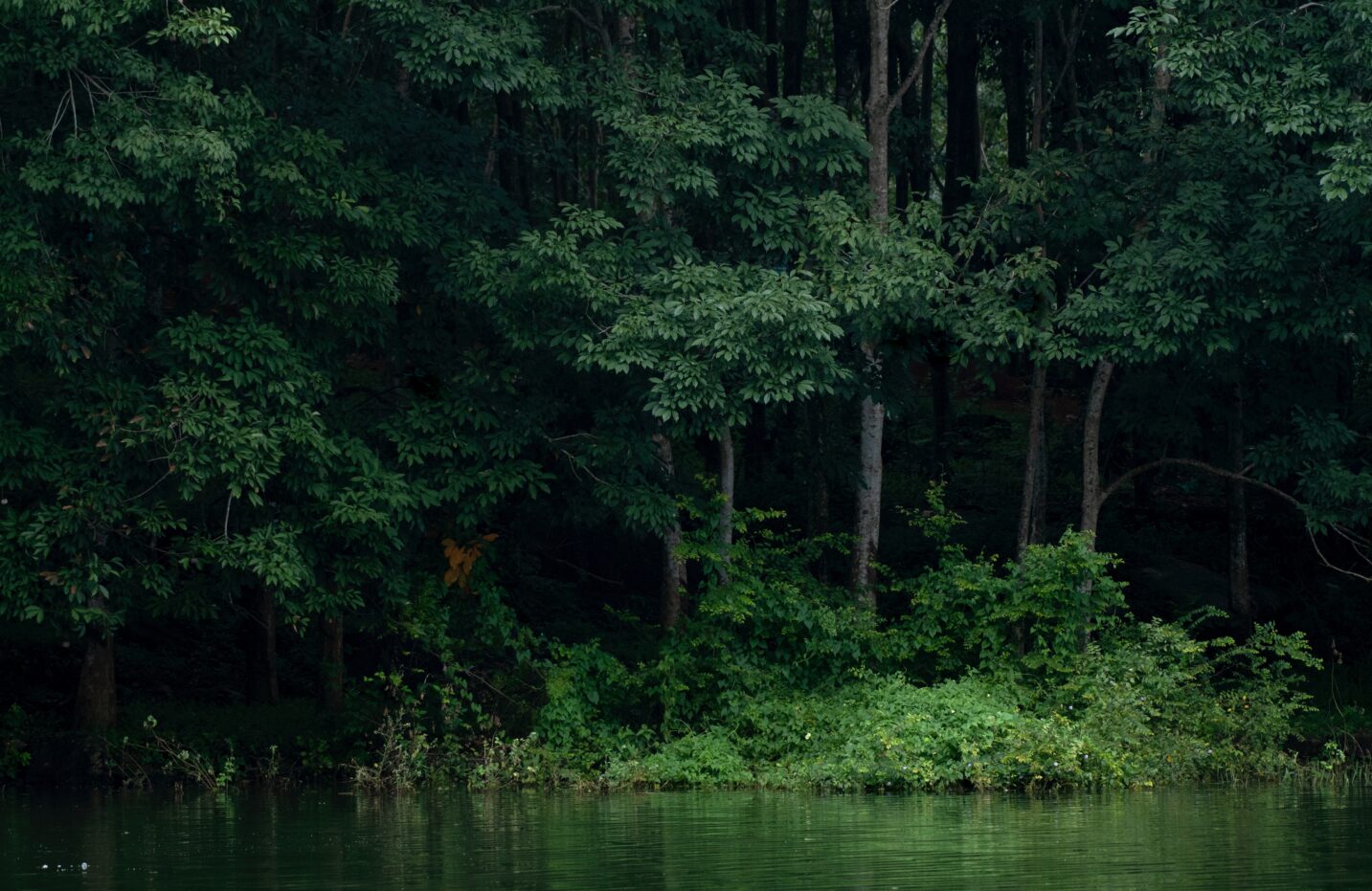
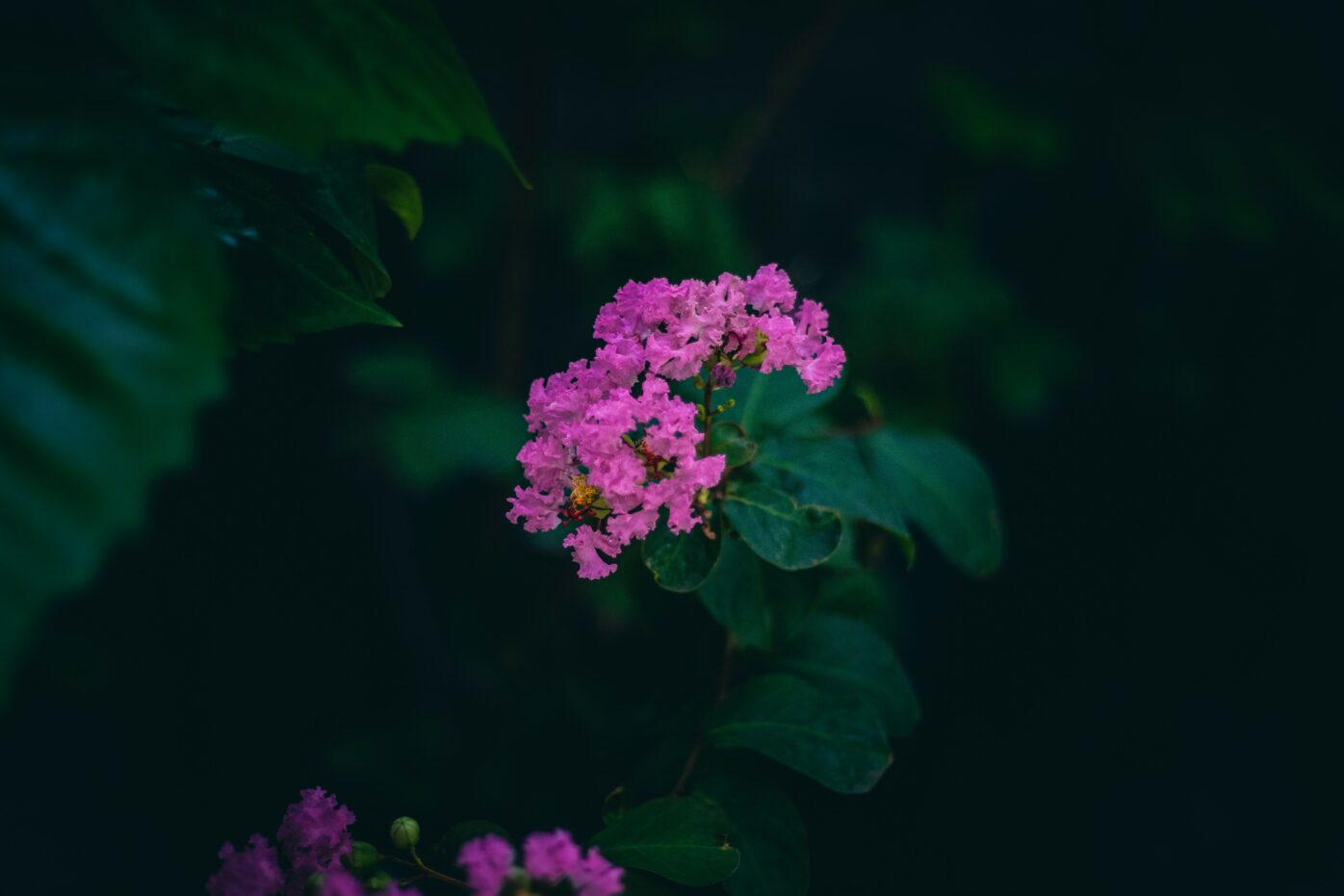
Flora of Andaman and Nicobar Island
The air is thick with humidity, carrying the intoxicating scent of earthy foliage and the sweet perfume of exotic flowers, where are you? You’re inside an Andamanian jungle!
The dense forests of the Andaman and Nicobar Islands are home to more than 2,200 plant species, of which about 200 are endemic. These islands boast a mix of tropical rainforests and mangroves, with the latter playing a crucial role in protecting the coastline and supporting marine life. Here are some interesting things:
- In North Andaman, lush wet evergreen forests prevail, characterized by the presence of climbing plants.
- Middle Andaman boasts moist deciduous forests, while epiphytic vegetation, primarily ferns and orchids, dominates the South Andaman islands.
- The North Nicobar islands are predominantly barren, covered by grasslands, whereas evergreen forests dominate the central and southern islands of the Nicobar group.
- Did you know that over 90% of these islands are Tropical Rainforests? These natural green skyscrapers!
- The rainforests are dominated by large canopy trees, including species of Dipterocarpaceae, such as the Andaman Paduak, known for its reddish wood used in furniture making, the Dhoop tree, known for its aromatic resin, and various species of palms, ferns, and orchids. Andaman Red Cedar, valued for its timber, which is used in boat building, is also found here amongst the tonnes of other species. These rainforests are home to a myriad of medicinal trees, like Neem, Indian Mahogny and Indian Rosewood whose bark, leaves, fruits, and roots are utilized in traditional medicine to treat a wide range of ailments.
- If people can be local, so can the flora! Darwin would’ve had a blast here given what natural selection has done.
- Andaman and Nicobar Islands boast an array of endemic flora species, each contributing to the islands’ botanical richness. Among them are the Andaman Pyinma, with its delicate white flowers, and the Andaman Ironwood, renowned for its dense, durable wood and fragrant blooms. The Andaman Satinwood has a yellowish-brown wood, prized for cabinetry and turnery. Furthermore, the Andaman Ebony stands out with its dark, dense wood used in carving and furniture making.
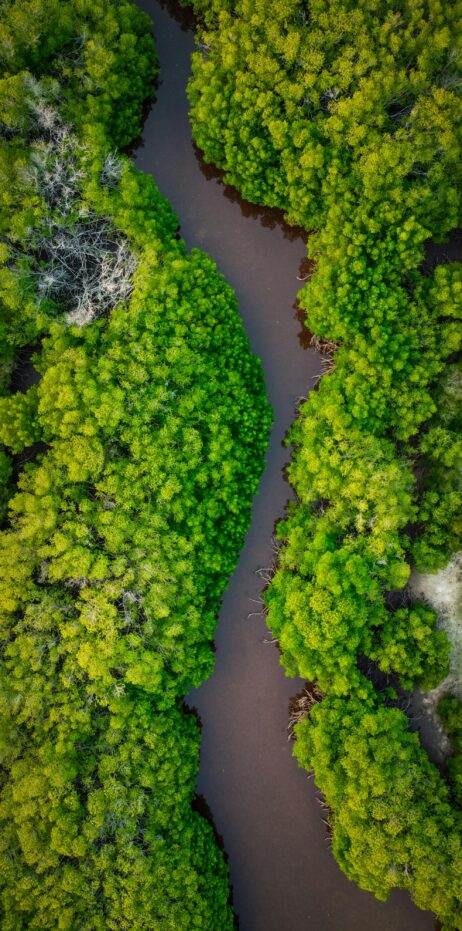
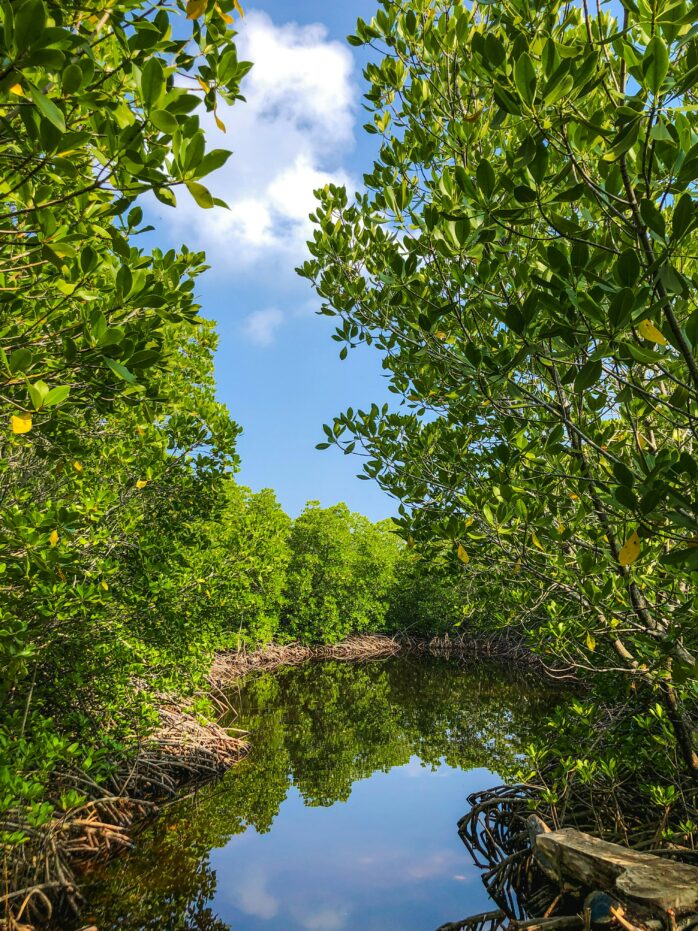
Mangroves Deserve Their Own Paragraph.
Did You Know Mangrove forests are the world’s most productive ecosystems!
Spread across 674 sq km, i.e. approximately 12 % (!) of the entire island’s area, Mangroves provide a critical habitat for a multitude of species, including fish, crustaceans, and mollusks. Mangrove forests serve as a crucial connection between marine and terrestrial ecosystems, enhancing stability among seagrass beds, coral reefs, and other marine ecosystems.
The mangrove forests are amongst the world’s most productive ecosystems as they serve as nurseries for fish, protect coastlines from erosion, and act as carbon sinks. Apart from this, mangroves are crucial for the local economy, supporting fisheries and safeguarding against natural disasters too.
Species like the Red mangrove, White mangrove, and Sundari trees dominate these areas. The Sundari tree is admired for its hard, water-resistant wood. While the red mangroves with their prop roots stabilize coastlines and prevent erosion. White mangroves filter out excess salt from the soil, acting as a habitat for mammals and birds. Cannonball mangrove and Orange mangrove are other mangrove species found here.
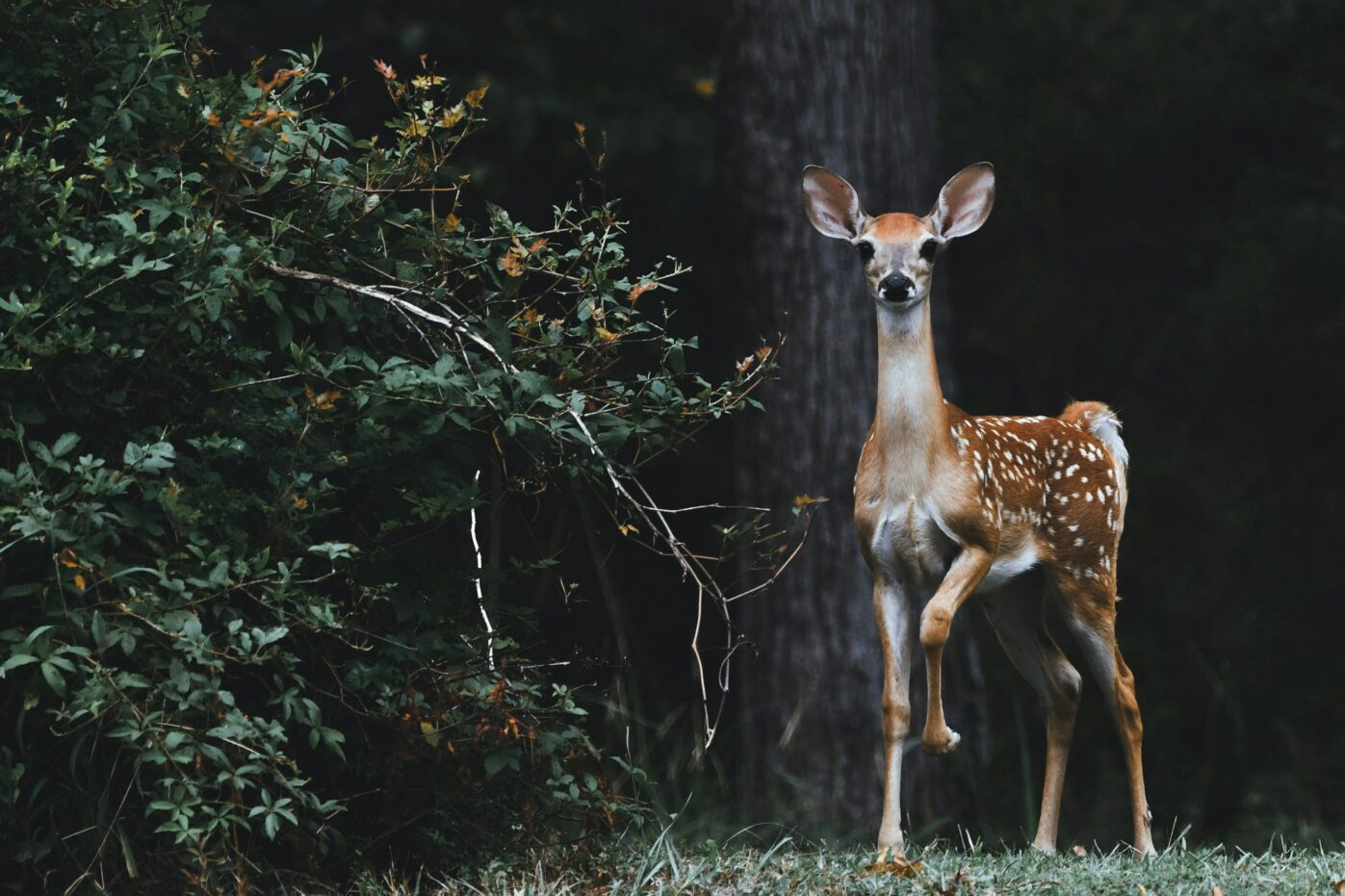
Fauna of Andaman and Nicobar Island
The islands’ fauna is as diverse as its flora, with a significant number of species being endemic to the region.
The isolation has allowed for the evolution of unique species not found anywhere else in the world. Out of more than 9100 species recorded in the Islands, 1032 are endemic, i.e. 11.30%, (!) which is quite impressive because endemism in marine habitats is four times lower than that observed on the land.
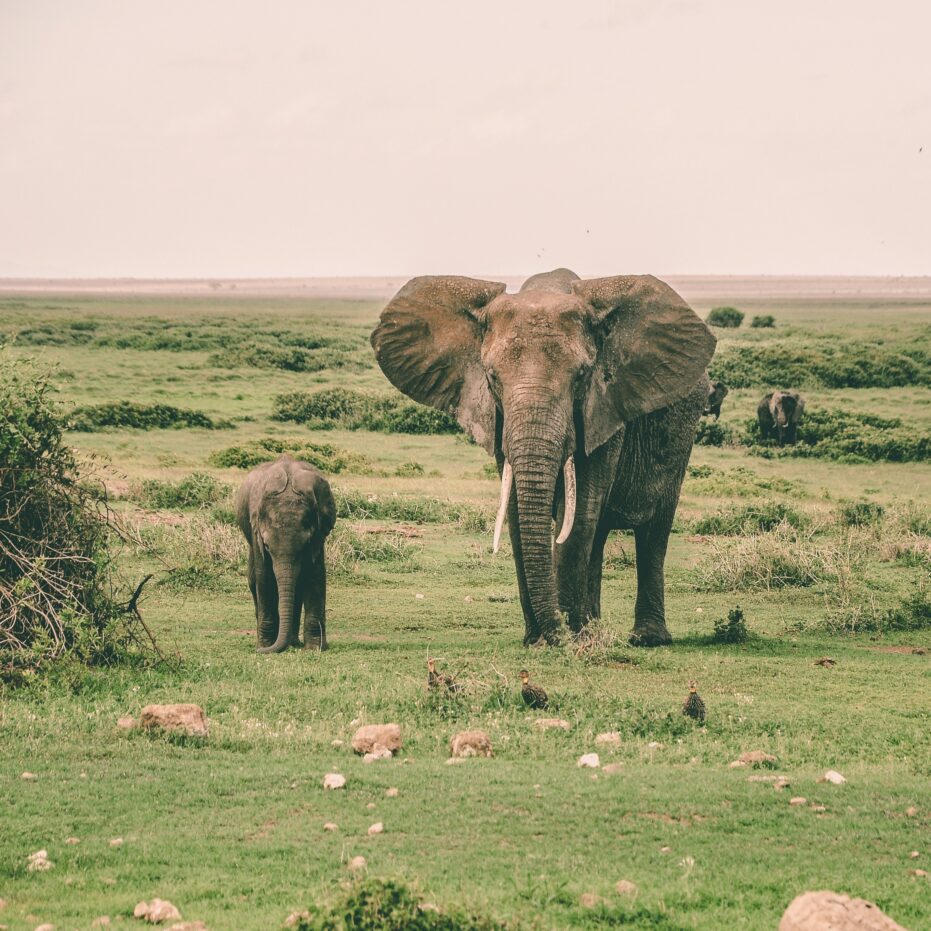
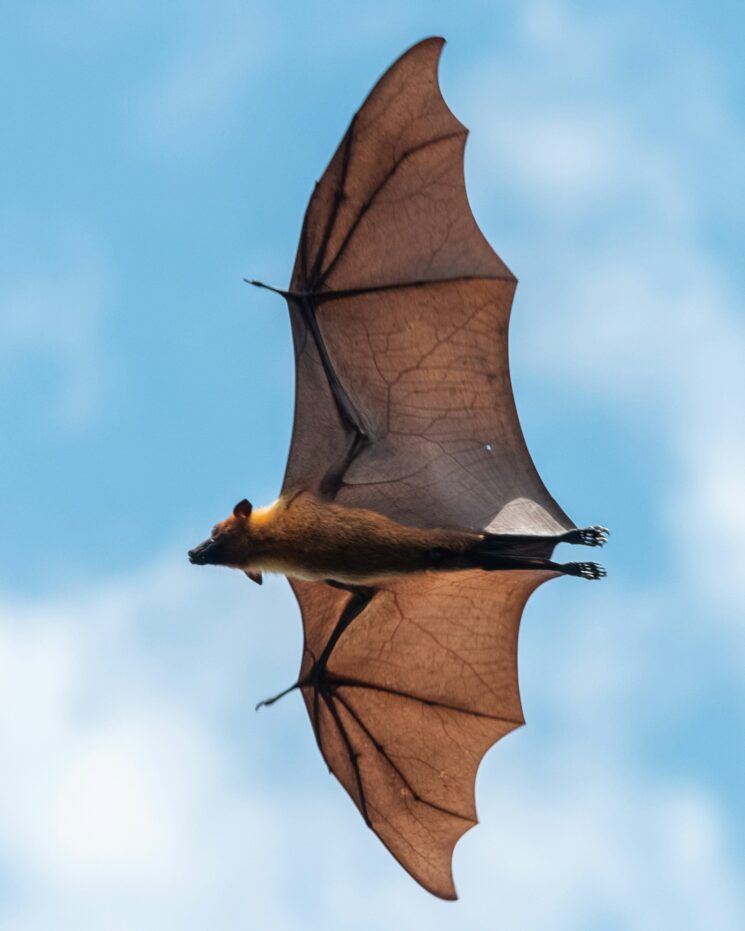
Mammals- The supreme birth giving animals.
The Andaman and Nicobar Islands are home to about 46 species of mammals. The Andaman Wild Pig, the Nicobar Flying Fox, and the Andaman Masked Palm Civet are notable endemics. The islands also support populations of elephants and several species of deer.
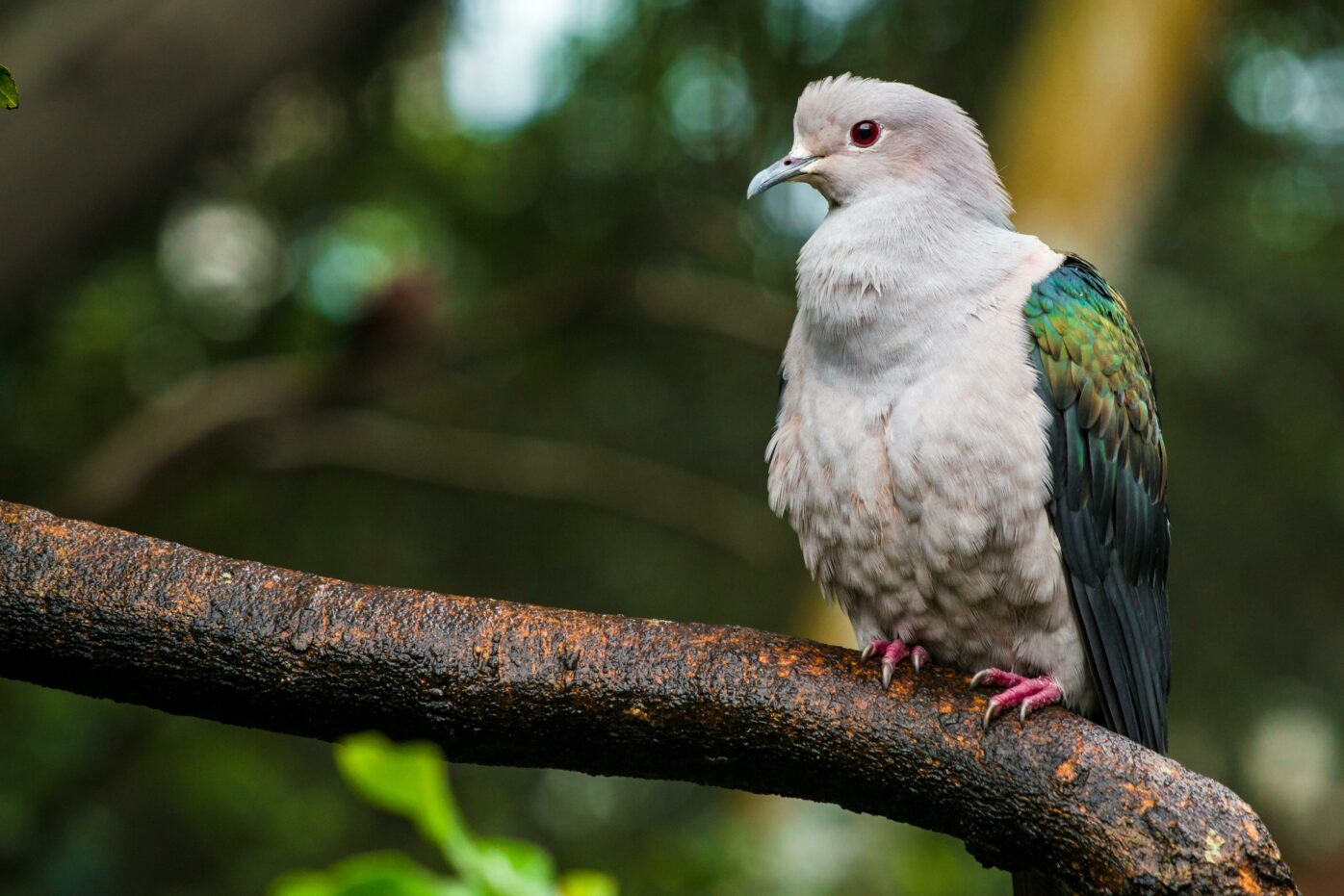
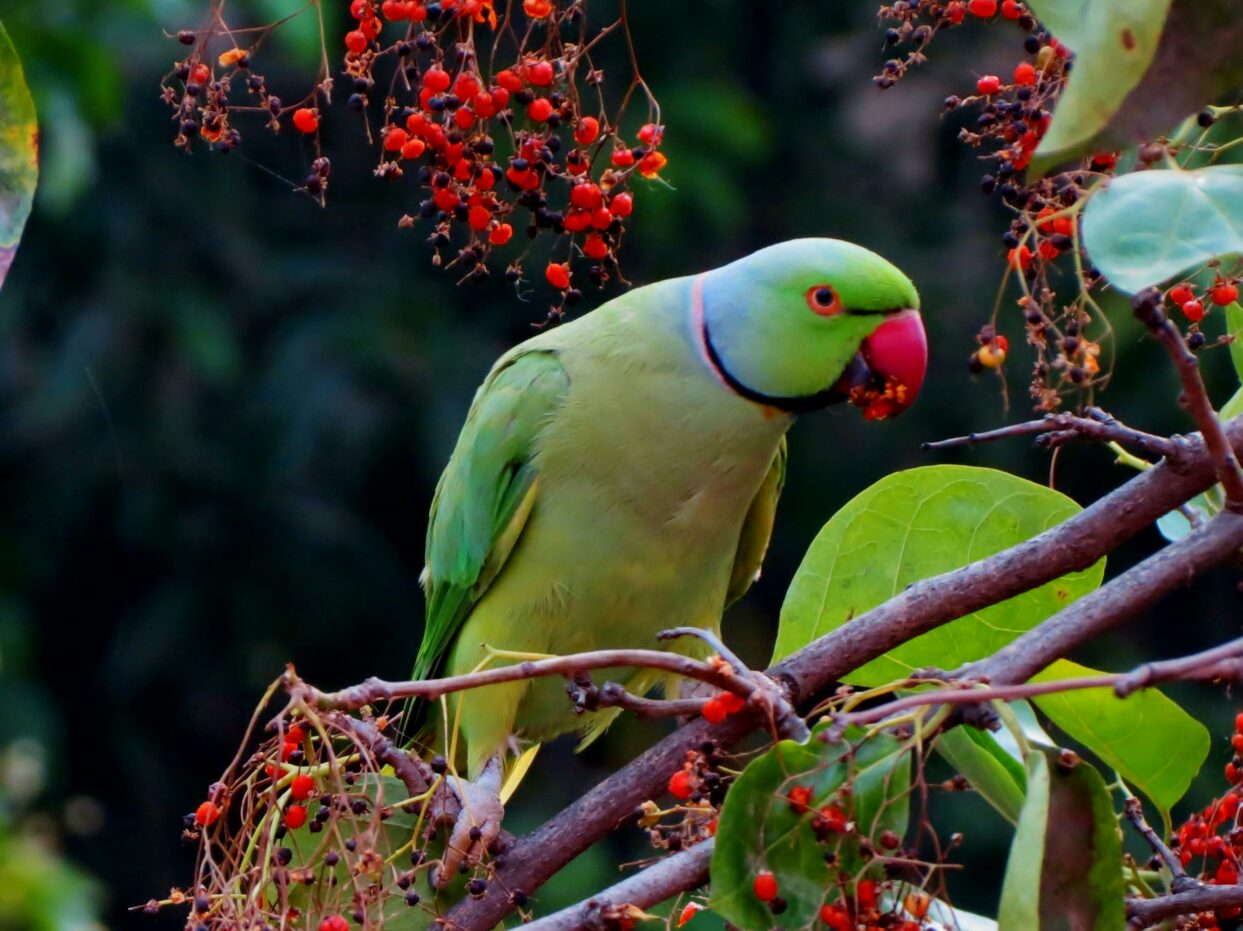
Birds- The ones with wings and beaks.
The archipelago is a birdwatcher’s paradise, with over 270 bird species recorded, of which 14 are endemic. The Andaman Wood Pigeon, the Nicobar Parakeet, and the Andaman Drongo are among the unique bird species. The islands are also an important stopover for migratory birds. Birding in Andamans is a fun and explorative activity which one can experience at places such as Chidiya Tapu, Mount Harriet, Sippighat, Farar gunj and Havelock Islands. To read more about the birds found in Andamans, check out Birds of Andamans.
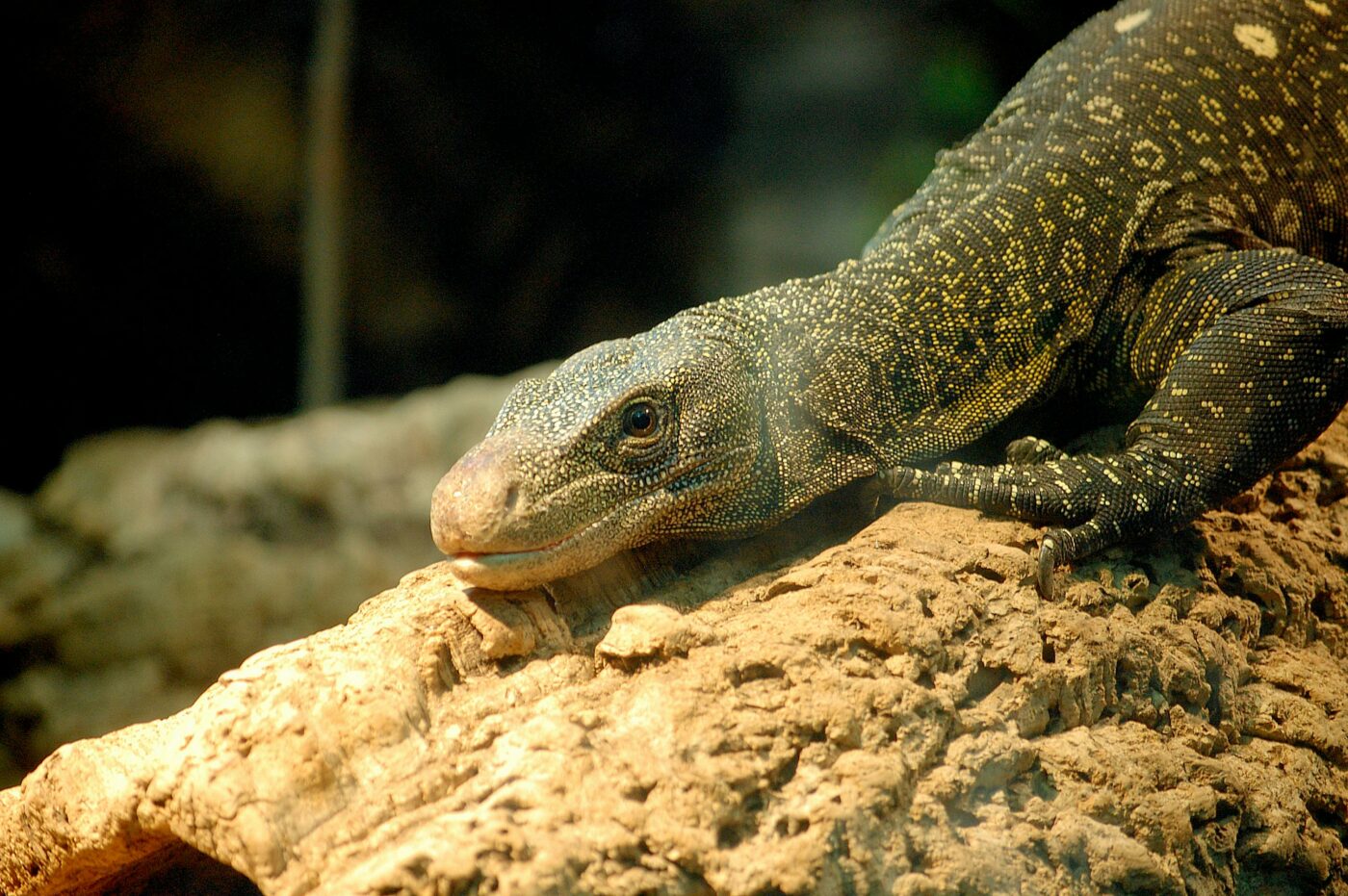
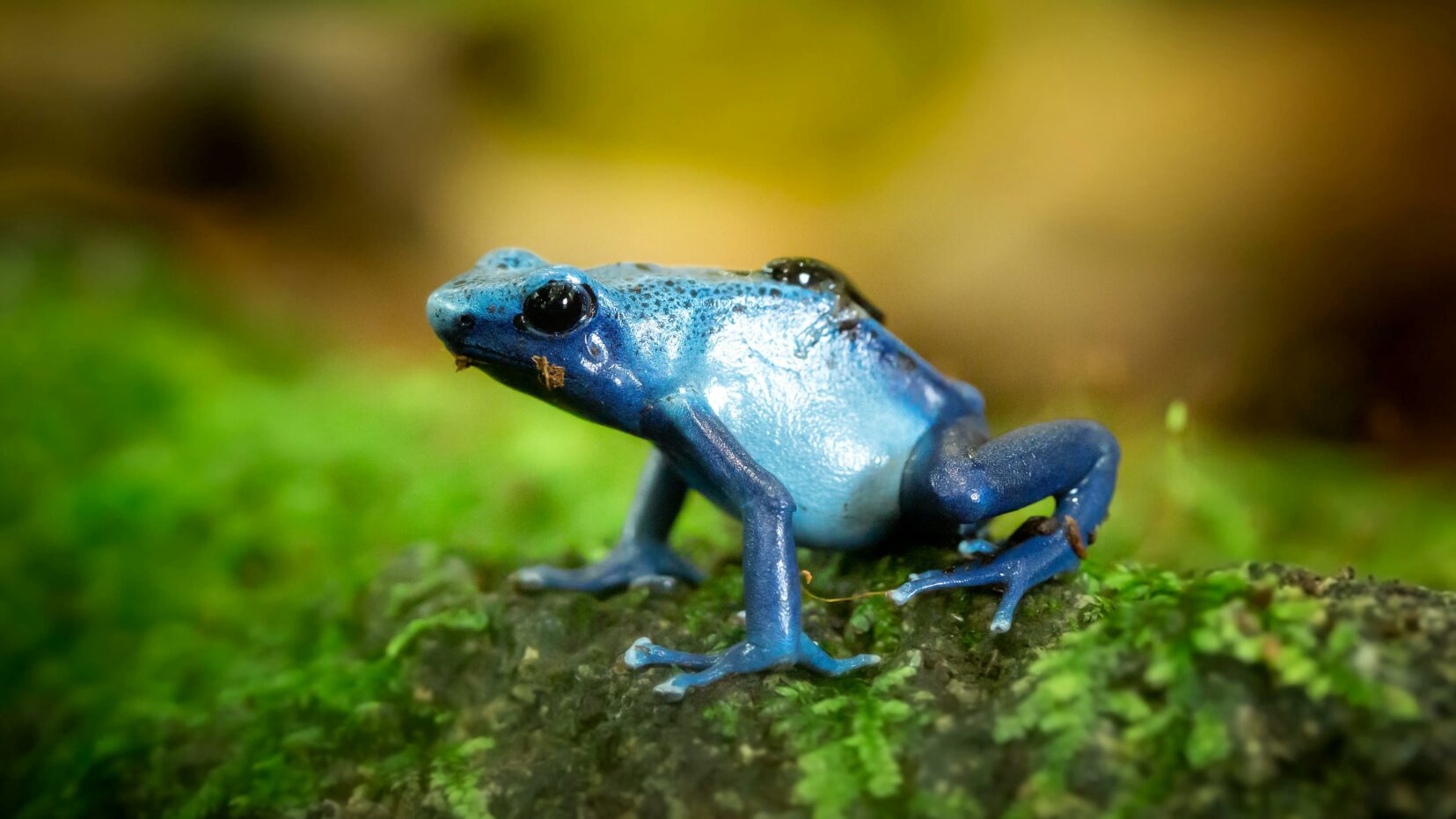
Reptiles and Amphibians- Your forever companions at Andamans.
Suppose it’s the monsoon season and you’re on the road, you’re most likely to encounter snakes and their friends on the road! With the great amount of trees present here, the number of reptiles and amphibians is also crazy. In addition to the quantity, the diversity too is significant- with numerous species of snakes, lizards, and frogs. The Andaman Cobra and the Nicobar Monitor Lizard are notable reptiles. The islands also host several endemic amphibian species, like the Andaman Crayfish Frog.
When visiting, make sure to be careful of the brightly coloured, vibrant amphibians as they’re most likely poisonous.
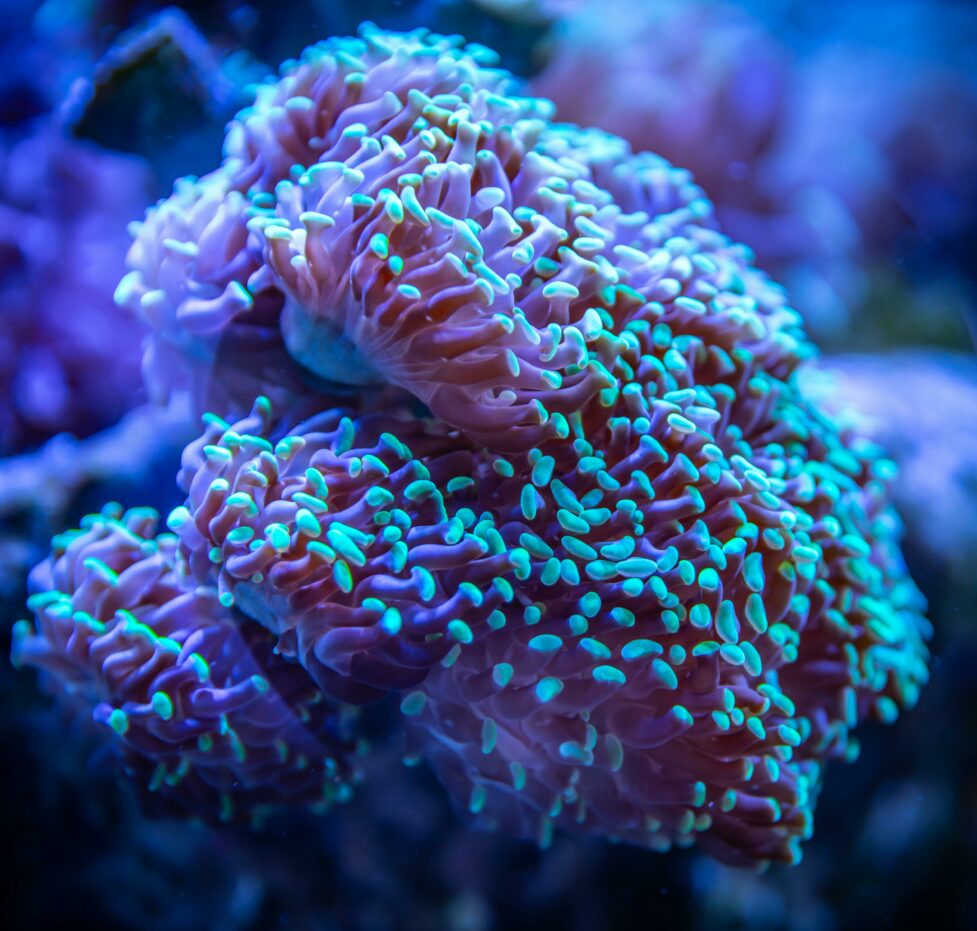
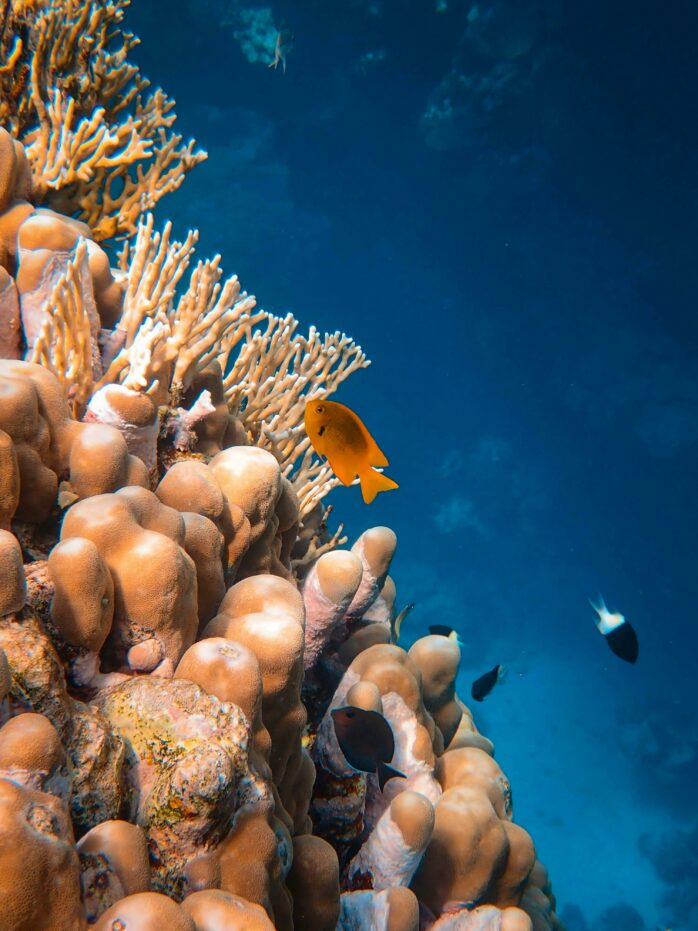
Corals- Beautiful, attractive and popular ones.
The surrounding coral reefs of the Andaman and Nicobar Islands are vibrant ecosystems teeming with life. These coral reefs are among the most biodiverse marine ecosystems on the planet. Over 500 species of coral provide a habitat for more than 1,000 species of fish, along with sea turtles, sharks, and an array of invertebrates, including fishes which are essential for coral health and regeneration.
In the Andaman and Nicobar Islands, coral reefs come in two distinct types: barrier reefs on the western side of the archipelago and fringing reefs along the east coast. Covering approximately 11,000 square kilometers in the Andaman Islands and 2,500 square kilometers in the Nicobar Islands, these coral formations are believed, based on preliminary scientific assessments, to be among India’s most biodiverse and well-preserved reefs.
Experience this beauty, book your Scuba Dive with us!
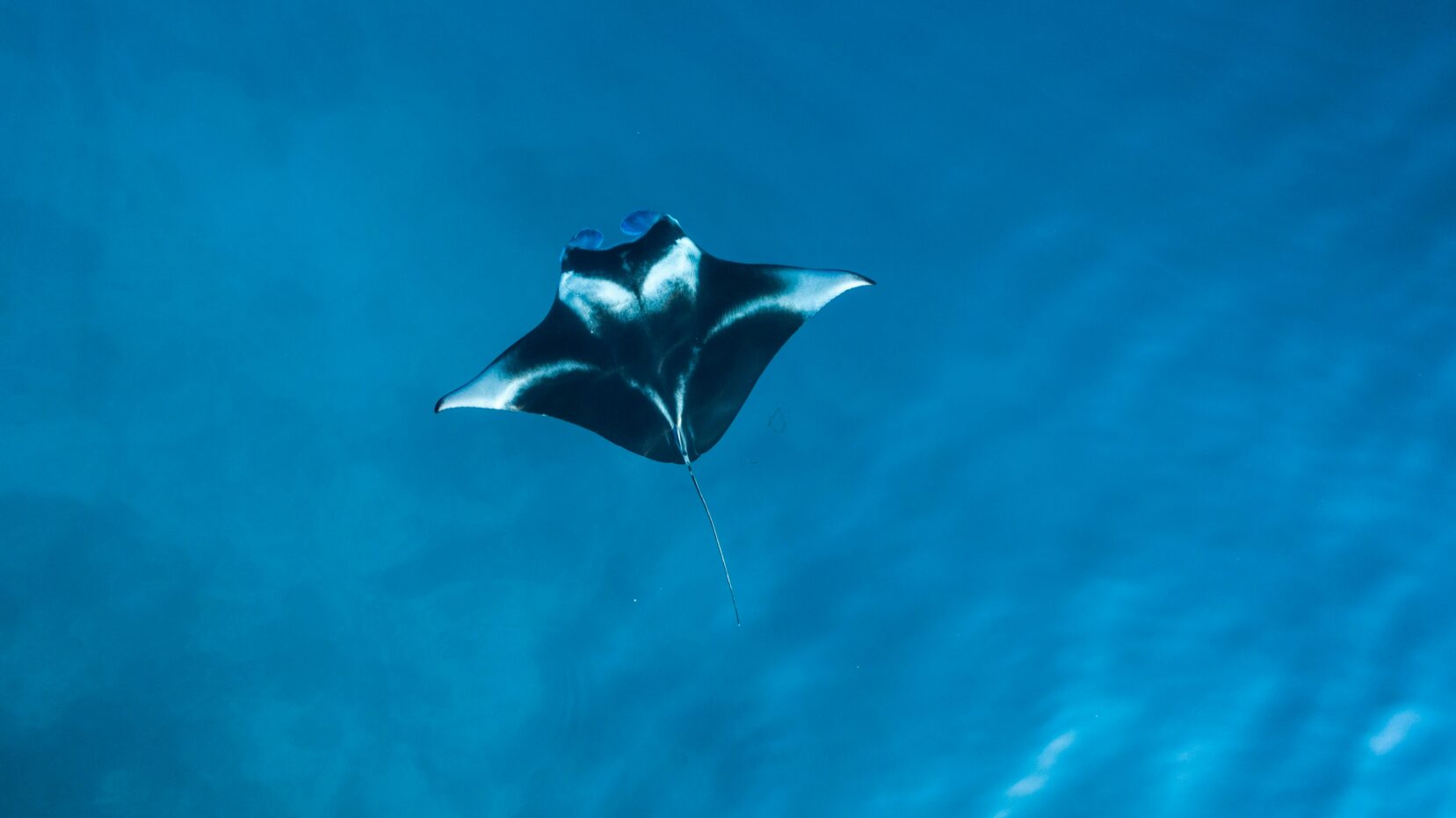
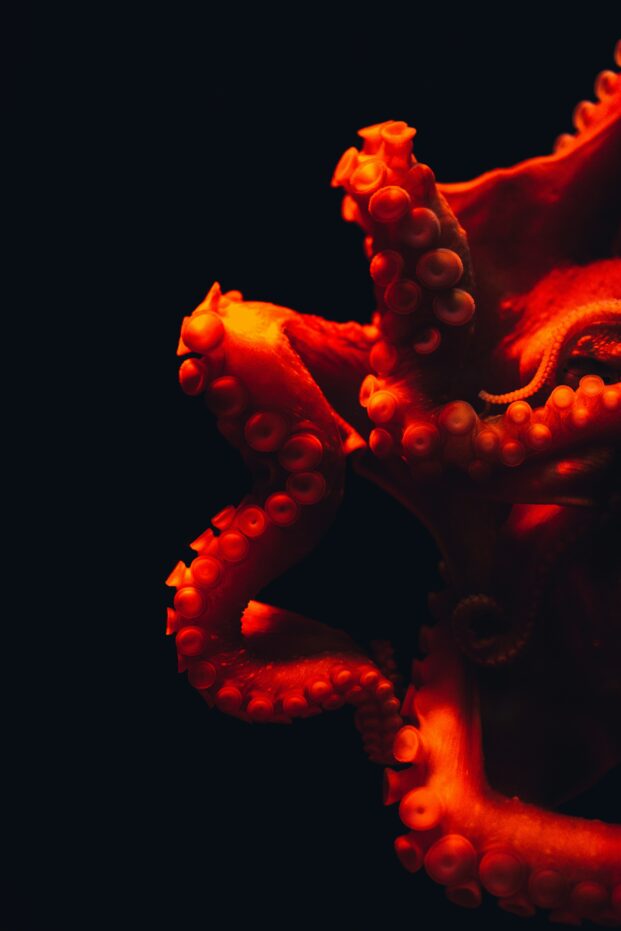
Marine Life– All that’ll leave you mesmerized.
You’re likely to find Nemo and Dory right here in Andamans. They’re the Clownfish and Blue tang respectively. The Dugong, also known as the sea cow, is a vulnerable species found in the seagrass beds of the islands. Coming down to Andamans, scuba diving and not spotting Dugongs is a rare possibility.
Dolphins jump in and out of the water, Giant manta rays gracefully glide through the depths, while sea turtles lazily swim along the coastlines. Alongside these charismatic species, a multitude of invertebrates like colorful nudibranchs, octopuses, and sea cucumbers inhabit the coral reefs.
Sharks, including reef sharks and whitetip sharks, patrol the deeper waters. With its abundance of marine life, these Islands remain unbeaten for snorkeling, diving, and marine exploration.
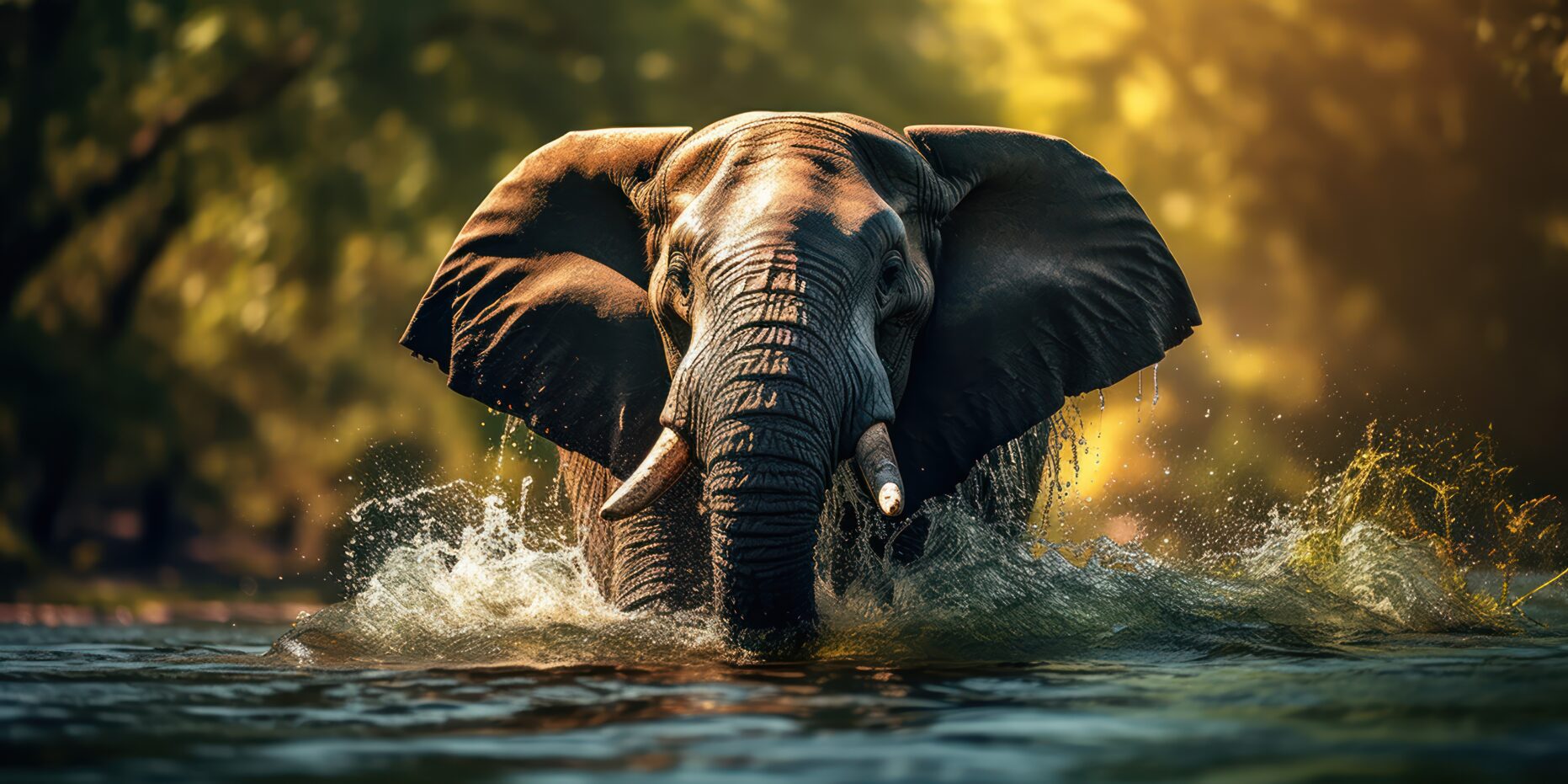
The Colonial Story
If you’ve researched Andaman here and there, you might have already come across the story of Rajan, the elephant who swam in Havelock island.
Yes! There are elephants in the Andaman and Nicobar islands. But the story doesn’t end here, because these elephants are not native to the land. They were brought in and trained to live here.
There is another species that is not native and found everywhere, and these are deers.
In 1903, British colonialists brought three species of deer to the islands. Then, in the 1970s, businessmen bought in a herd of elephants to log off the timber from the forests of Andaman.
Elephants are natural swimmers but they cannot swim in salt water, as it irritates the eye. But in those times, these large beasts were forced to swim in these waters after they were done clearing an island to move to the next one. It is a harrowing tale, as introducing foreign species to a land always is, a broken colonial practice. And thus these animals suffered, the elephants here are feral because the conditions were hostile. The deers wreak havoc on the ecology of the forests as they eat the seeds and stop the spread. This reduces the forest renewal.
But, over the years, these animals have become a part of the new flora and fauna of Andaman and Nicobar islands. And it helps balm the story when we see the pictures of happy, floating elephants in the blue waters of our island.
Customer Happiness
Secure Payments
No Hidden Costs
Fast Confirmations
Stay updated with all the excitement that Andamans has to offer

If you have a flair for writing, write for us and get featured.
Get lost or never. You decide. Download our handy tour guides to plan your trip.